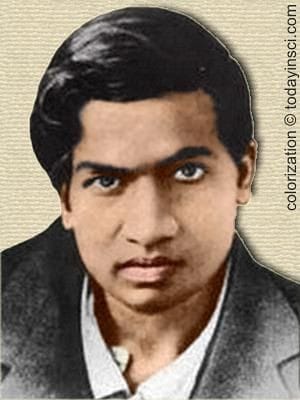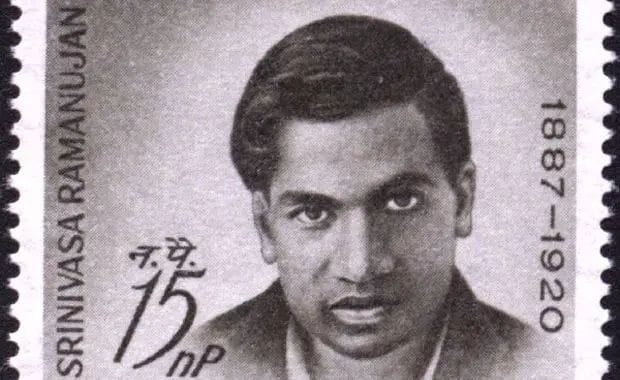
Early Life of Srinivasa Ramanujan
Ramanujan was born in Erode on December 22, 1887,
in his grandmother’s house. Furthermore, he went to
primary school in Kumbakonamwas when he
was five years old.
Moreover, he would attend several different primary
schools before his entry took place to the Town
High School in Kumbakonam in January 1898.
At the Town High School, Ramanujan proved himself as
a talented student and did well in all of his school
subjects. In 1900, he became involved with mathematics
and began summing geometric and arithmetic series
on his own.
In the Town High School, Ramanujan began reading a
mathematics book called ‘Synopsis of Elementary Results
in Pure Mathematics’.
Furthermore, this book was by G. S. Carr.
With the help of this book, Ramanujan began
to teach himself mathematics. Furthermore, the book contained
theorems, formulas and short proofs. It also contained
an index to papers on pure mathematics.
His Contribution to Mathematics
By 1904, Ramanujan’s focus was on deep research. Moreover,
an investigation took place by him of the series (1/n).
Moreover, calculation took place by him of Euler’s
constant to 15 decimal places.
This was entirely his own independent discovery.
Ramanujan gained a scholarship because of his
outstanding performance in his studies.
Consequently, he was a brilliant student at Kumbakonam’s
Government College. Moreover, his fascination and passion
for mathematics kept on growing.
In the spring of 1913, there was the presentation of
Ramanujan’s work to British mathematicians by
Narayana Iyer, Ramachandra Rao and E. W. Middlemast.
Afterwards, M.J.M Hill did not made an offer to
take Ramanujan on as a student, rather,
he provided professional advice to him.
With the help of friends, Ramanujan sent letters
to leading mathematicians at Cambridge
University and was ultimately selected.
Ramanujan spent a significant time period of five
years at Cambridge. At Cambridge, collaboration took
place of Ramanujan with Hardy and Littlewood. Most noteworthy,
the publishing of his findings took place there.
Ramanujan received the honour of a Bachelor of Arts
by Research degree in March 1916. This honour was
due to his work on highly composite numbers, sections
of the first part whose publishing had taken place the
preceding year. Moreover,
the paper’s size was more than fifty pages long.
To make him proud,the Indian government released
the stamp for him

For more Information:


